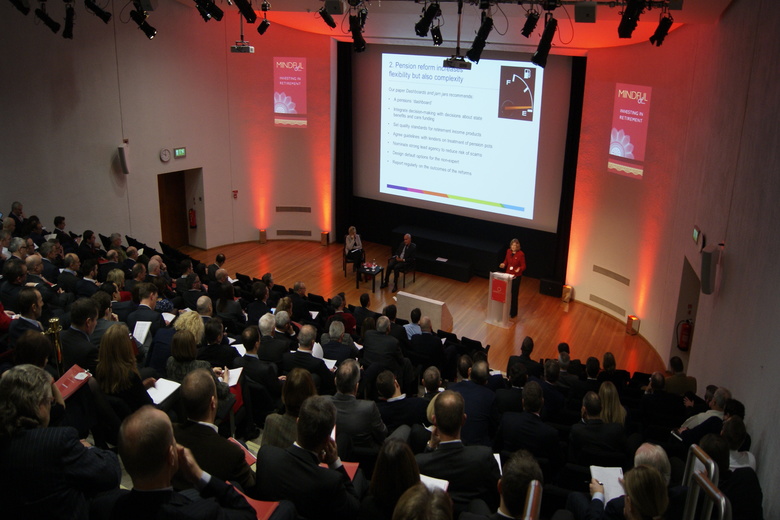
The Findings - Winning Advisers, Tuesday 13 October 2015 - Tylney Hall, Hook, Hampshire


Facilitated by: Jeremy Oakley, KPMG
Written by: Michael Riley, KPMG
Experts: Dominic Rose, Bellpenny and Michael Riley, KPMG
Headline finding 1:
Firms are increasingly looking at both the potential to sell / plan for succession or at acquisitions of smaller businesses.
Headline finding 2:
There is considerable focus on the drivers of value, terms of transactions, and the implications of sales including:
- Cultural fit of the two firms and how best to assess and subsequently manage that through a transaction process;
- Consideration as to how cost synergies are generated especially in relation to the rationalisation of offices / premises and back office support functions;
- Brief discussion on revenue synergies and the potential to create value for an acquirer by moving clients from a pure financial planning fee base to a higher margin discretionary fund management service;
- Organic growth was also a consideration with people agreeing winning new customers is difficult although recognising it drives higher valuations;
- Concerns were raised over what ‘whole of market / independent’ means versus ‘restricted’ – a lot of firms still prefer to be considered independent;
- Retention or transfer of historical advice liabilities was also discussed but with the view that most acquirers would struggle to value the inherited risk accurately leading to significant impacts on value;
- Structure of transactions e.g. share sale versus asset sale and implication for transaction value and tax implications;
- Actual valuations were highlighted (2.5-3.0x recurring versus 4.0x seen in the market);
- We also touched upon upfront payment versus deferred and then earn-out periods for any deferred element e.g. 2-5 years.
Headline finding 3:
We discussed the ability to incentivise staff through quasi equity or long term incentive plans – these need to be considered in relation to legal requirements and tax implications.
Headline finding 4:
We touched upon the use of apprenticeship schemes to increase the number of younger people entering the IFA business and making it more of a professional service rather than an industry.
Headline finding 5:
There was agreement that the ability to pass a firm’s value on to the ‘next generation’ would be a preferred route but it was difficult to achieve given the funding requirement and potential differences in value expectations

